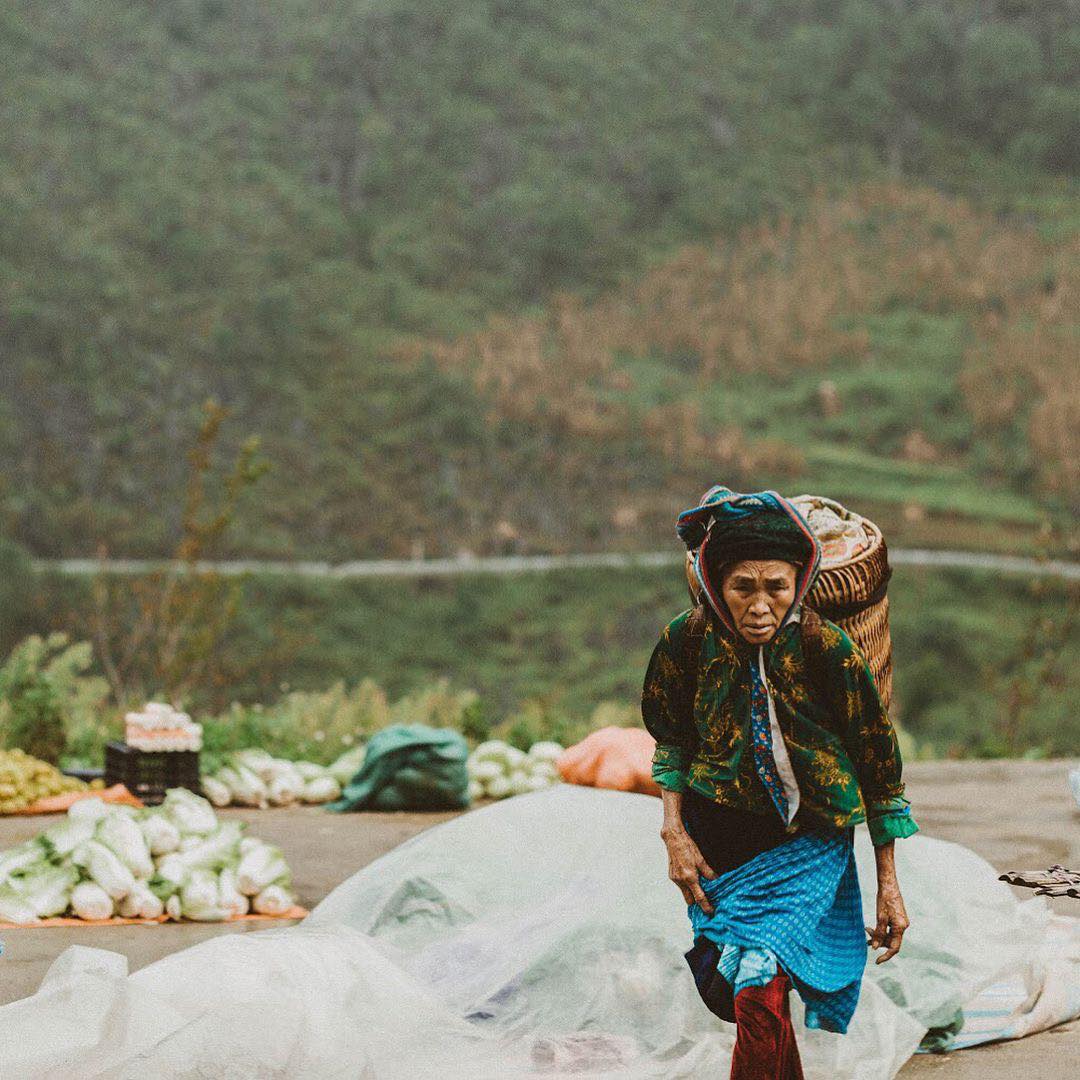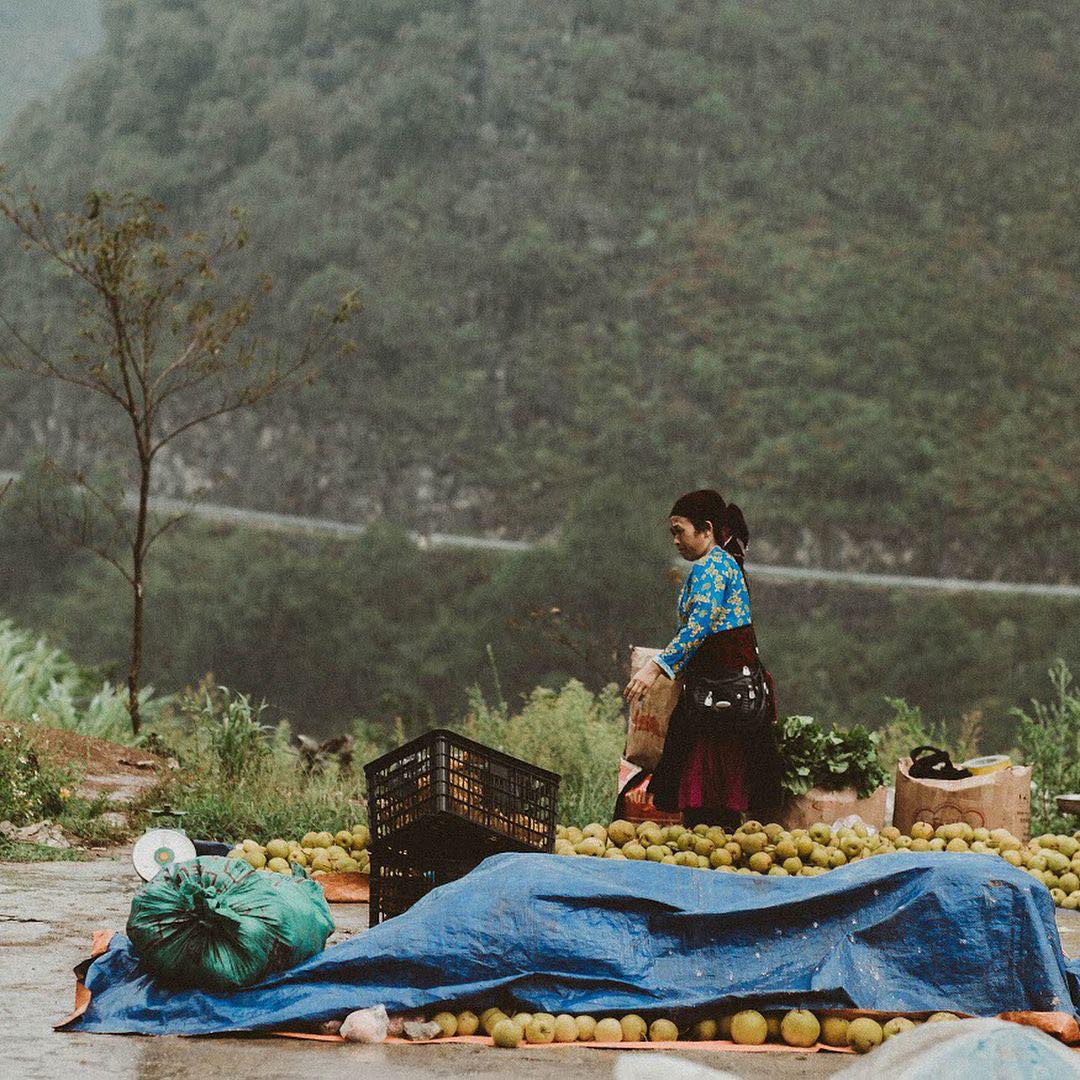Nội dung bài viết

The daily routines and lifestyle of the people in Ha Giang Loop are deeply rooted in tradition and the natural environment. Most locals are engaged in agriculture, spending their days cultivating terraced rice fields, maize, and tea plantations. These agricultural practices are vital not only for sustenance but also for maintaining the region's cultural heritage.
Traditional crafts and local markets play a significant role in daily life. Markets are the heart of social and economic activity, where people trade goods, socialize, and reinforce community bonds. Handicrafts such as weaving, embroidery, and silverwork are also integral to the local economy, showcasing the artisanal skills passed down through generations.

Ha Giang is home to a diverse array of ethnic groups, each with its unique cultural practices and traditions. The primary ethnic groups include the H’mong, Dao, Tay, and Nung.

Traditional clothing is an essential aspect of ethnic identity in Ha Giang. Each group has distinctive attire made locally sourced materials and crafted using traditional techniques. These garments are worn during festivals and daily life, symbolizing cultural pride.
Local artisans are vital in preserving these traditions. Handicrafts like embroidery, weaving, and silverwork are not only a source of income but also a way to maintain cultural heritage. Markets and local shops often feature these handmade items, providing visitors with authentic souvenirs while supporting the local economy.
Families in Ha Giang are typically extended and multi-generational, living together and sharing resources. Community activities, such as farming and festival preparations, are integral to daily life. Elders hold a respected position, offering wisdom and guidance in family and community matters.
Community activities foster social cohesion and cultural continuity. These include communal farming, village festivals, and traditional ceremonies, which are opportunities for storytelling, music, and dance, reinforcing the community's cultural identity.

Education in Ha Giang faces numerous challenges, including limited access to schools and educational resources. Many children have to travel long distances to attend school, and the quality of education varies widely.
Efforts by local NGOs and government initiatives aim to improve education through building schools, providing scholarships, and training teachers. Raising awareness about the importance of education among local communities is also a priority.
Responsible tourism is crucial for preserving Ha Giang's cultural and natural heritage. Travelers are encouraged to engage respectfully with local communities, support sustainable practices, and minimize their environmental impact.
Tips for Responsible Tourism:
Respect local customs: Learn about and observe local traditions and practices.
Support local businesses: Buy handmade goods and use local services.
Minimize environmental impact: Follow "leave no trace" principles and avoid single-use plastics.
Engage respectfully: Interact with locals with kindness and respect, understanding their way of life.
Jasmine Tours promotes responsible tourism by providing guidelines to travelers on how to interact respectfully with locals, supporting local businesses, and ensuring that their tours have a minimal environmental footprint.
Giving money to local children can lead to negative consequences, such as encouraging begging and discouraging school attendance. It is better to support local initiatives that promote education and provide sustainable support for families.

.png)
Conclusion
Understanding Ha Giang Loop life is essential for a deeper, more respectful travel experience. Responsible tourism plays a vital role in preserving the region's unique cultural and natural heritage. By choosing to travel responsibly, visitors can contribute to the well-being of local communities and the sustainability of their traditions. Join Jasmine Tours for an immersive and respectful travel experience that celebrates the vibrant culture and stunning landscapes of Ha Giang Loop.
Contact:
Website: Jasmine Tours Official Website
Email: support@jasminehagiang.com
Hotline Whatsapp (8am - 10pm):
+(84) 375 299 476
+(84) 974 205 994
Office Address: Jasmine Tours Office, Hanoi
Address:
Jasmine Hostel, No.61 Cau Me Street, Phuong Thien Commune, Ha Giang
Jasmine Retreat (Jasmine Hostel 2), Hoa Bac/Km11, Vi Xuyen Commune, Ha Giang
There is 0 comment, review about Understanding Ha Giang Loop Life and Travel Responsibly
TVQuản trị viênQuản trị viên
Xin chào quý khách. Quý khách hãy để lại bình luận, chúng tôi sẽ phản hồi sớm